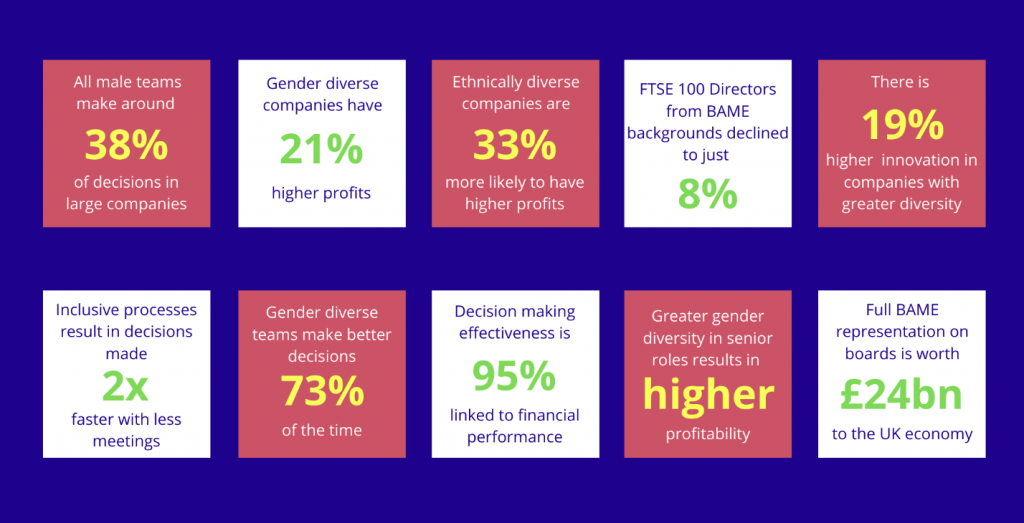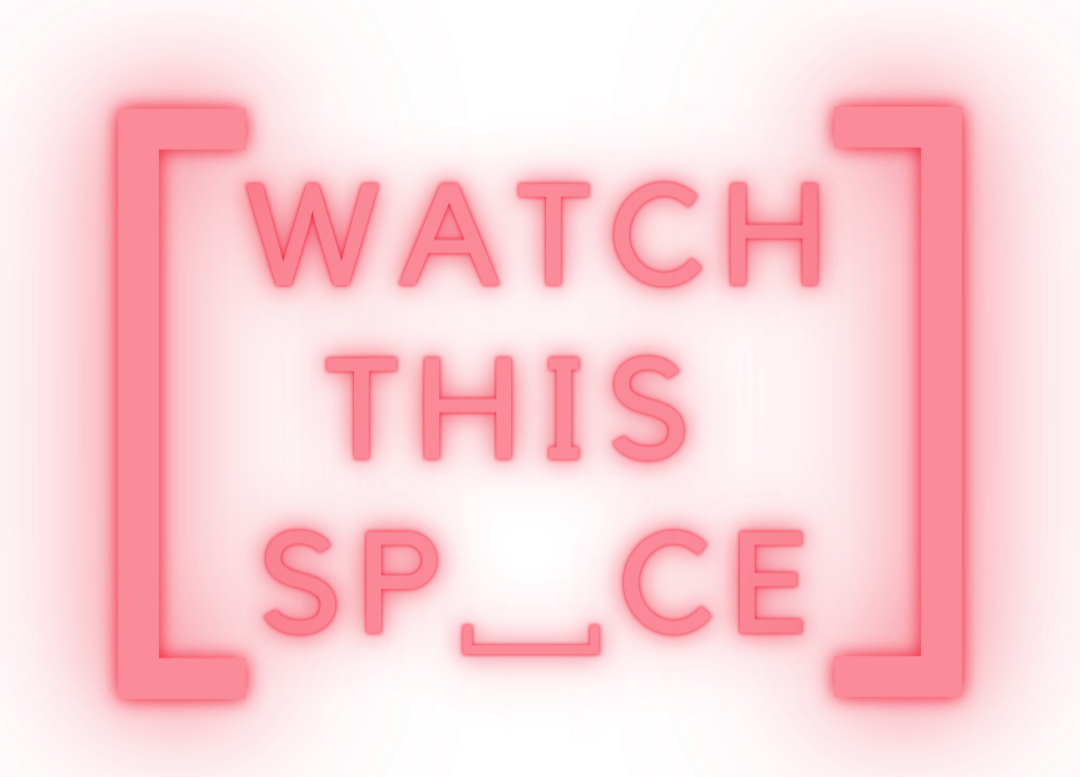“I don’t look like the leaders that we’ve chosen in the past and I suspect I don’t sound like them either.”
Lisa Nandy, Labour MP
What does a leader look like? As we live through the biggest global crisis many of us have ever experienced, the world needs good leadership now more than ever before. Lisa Nandy, who was a candidate for the Labour leadership, spoke several times during the campaign about the fact that she looks different to previous leaders. Keir Starmer was talked about right from the start as having ‘leadership quality’ with phrases like ‘he looks like a leader’ repeated often. Many of us will be familiar with this type of language used in discussions around leadership. It is very common for there to be conversations about who looks like a leader, who speaks like a leader and who has leadership qualities. These discussions are often based around elements that are actually irrelevant to good leadership. As the world has discovered, leadership in a crisis has very little to do with what you look like. It’s about actions, words, deeds, the team you assemble around you, and taking the responsibility on your shoulders to provide stability for those who look up to you and are looking to you to lead.
There have been lots of posts and comments on social media about how the female leaders of the world are handling the current crisis. Any articles that have been written about this prompt the usual ‘what about us?’ comments, as if to deflect from the very obvious differences in styles of leadership. This does not mean that all women automatically make the best leaders. Not at all. What it does enable us to do is look at the different styles of leadership, look at what has been done so differently and point us towards a very different view of what leadership is.
If we unpick what is different about the leadership styles of these female leaders, Jacinda Ardern, New Zealand’s Prime Minister stands out. She has been lauded around the world for her very natural and human style of leadership and the way she communicates with people as well as the decisions she makes. She has the highest personal ratings for any Prime Minister in New Zealand for a century. When the country went into lockdown, she held a press conference to explain very clearly the actions being taken, and what she was asking of people. She said “I would rather make this decision now, and save those lives” and acknowledged this would be difficult for people. Crucially, she allowed time for lots of questions and explanations. She held a video conference for children so they could ask questions, and told children that the Easter Bunny and Tooth Fairy are essential workers to reassure them. She holds regular Facebook Live sessions for people to talk to her, and regularly posts photos from her everyday life. In Norway, the Prime Minister Erna Solberg has used a similar style, holding a video interview for Norwegian children, telling children ‘It’s OK to feel scared’. This style of leadership is a contrast to many other approaches we have seen around the world.
For years, we have seen behaviours in leaders which use more empathy and emotional intelligence talked about as ‘soft skills’. It’s language that has been used frequently to talk about behaviour that is not about power, command and control. It points towards a very different style of leadership and turns on its head the reasons that people might seek leadership positions. Even the language we use to describe those positions is different. It’s less about control and authority, and more about vision, hope, empowering people, inspiring them on your journey, and helping people move towards a change.
As time passes, many of us have been thinking about what the world that emerges from this will look like. So profoundly changed. Lives lost, jobs lost, businesses gone, lives turned upside down. Many of the things we were preoccupied with before this time will feel trivial or pointless as we start to redefine what life is going to be about from now on. It will be a time that re-sets what living is actually all about, and how society ‘evolved’ to a point that many of the key workers who are currently fighting for people’s lives and futures were the ones who were paid the least, valued the least.
As we struggle to make sense of it, we will need a different type of leadership to pull people through this, and it will re-define what leadership means. Even the buzzwords of diversity and inclusion will need to be looked at differently. Here are some thoughts on the things that might guide leadership and leadership styles through this.
Some facts
Firstly, some facts and evidence. As we have seen in the handling of the Covid-19 epidemic, facts and figures matter more than slogans and buzzwords:

Leading with vision and hope
If you look at those facts, and then think about how to lead a business out of this crisis and back into profitability, it is blindingly obvious that assembling a diverse team to make decisions is going to lead to faster, more creative decision-making. This has nothing to do with what the leader looks like. The people who can lead through this will be the ones who realise this is not about them, it’s not about empty slogans, buzzwords and spin. This is about assembling the diverse range of perspectives in a team who will drive the organisation forwards. The task for the leader is to paint the vision of the future to inspire people, communicate this clearly with a message of hope, coordinate this, and provide clear tasks, goals and facts.
The companies that thrive quickly out of this will be those led by a leader who recognises the need to assess their team, and ensure they have the right people in the right tasks, and that they use the breadth of people and experience they have in their companies. This is not about any tokenism of diversity, it’s about the skills required and the inclusion needed to move the company forwards.
There’s a great quote used in a company I used to work for about leadership. I found it in a notebook recently:
“Leadership is different to management, it’s about wanting to make a difference to the world, driving that change forwards and inspiring people to join you on that journey. It’s not about a job title or how many people you have reporting to you.”
Skills assessment
I remember a time, early in my career, where the company I worked for was flooded when a river burst its banks. When we got to work to clear up the mess, the Managing Director called me aside and asked me to speak to the insurance company. At the time, I was in a junior role and most people around me looked astonished that I was given this vital job. It wasn’t down to what I looked like. It was more likely to be because I had been to customer meetings with the MD just before that, so he saw I could communicate effectively and I followed up on actions quickly. People looked aghast as I marched around with my clipboard with responsibility for such an important task.
Why have I told this story? Well it’s time to forget those who feel they are ‘worthy’ of certain tasks, or those who shout the loudest, and assess your team’s skills. Scientifically assess their skills. If you haven’t already done this with your teams, psychometric testing is a good way to do it without being clouded by your own unconscious biases. Or you may find that listing people’s skills and having discussions with a range of people in your company works better for you. More diverse teams make faster and better decisions, so think about who you are going to assemble to make decisions, what you will focus on and in what order.
This year is going to need innovation in thinking. Companies with greater diversity have a 19% higher output of innovation. The Davies review in 2010 concluded that full BAME representation would be worth £24bn to the UK economy every year. If that’s the case, why are only 6% of management roles held by ethnic minorities? Why are all-male teams making an average of 38% of decisions in large companies? For innovation to work, it has to be thought about from all angles and with many different perspectives. Now is the time to think about who you are going to assemble to think about the new ideas you are going to need.
Here are some things to think about to bring the right people together:
- Who reacts to change quickly and gets on board with new ideas?
- Are there people who always seem to remain calm even as you approach year end?
- Who are your most creative people?
- Who delivers on every task on time?
- Who are your best communicators?
- Who are your best listeners who absorb information and then analyse?
- Are there people you might have overlooked as you were too busy running to meetings?
What does this look like?
As the world emerges from this and re-shapes out of the crisis, what will emerge is a difference in priorities. We are going to need different styles and skills to move through this and into growth again. We have seen that those that ‘look like’ strong leaders are not necessarily the people with the most compassionate, comforting, considered or inspiring leadership to bring people together. To look like a leader in the new world that emerges, you will need to be able to embody what it takes to think of everyone and bring people together towards a common goal and understand everything that takes. The next generation of leaders will have lived through this global crisis and will be the people who re-define what leadership means.
Be prepared for leaders who don’t look like all the leaders we see now. That’s my hope anyway.
Sources:
- All-male teams make around 38% of the decisions in a typical large company (CloverPop)
- Gender diverse companies are 21% more likely to have higher profits (McKinsey)
- Ethnically diverse companies are 33% more likely to have higher profits (McKinsey)
- Number of FTSE 100 company Directors from BAME backgrounds declined to 84 out of 1048 Directors (Parker Review)
- There is 19% higher output of innovation in companies with greater diversity (Boston Consulting)
- Teams that follow an inclusive process, make decisions 2 x faster with half the number of meetings (CloverPop)
- Gender diverse teams make better decisions 73% of the time (University of Munich)
- Decision making effectiveness is 95% correlated with financial performance (Bain & Co)
- Greater gender diversity in senior positions is associated with higher profitability of firms (International Monetary Fund)
- Full BAME representation on company boards would be worth £24bn to the UK economy every year (Davies report)
